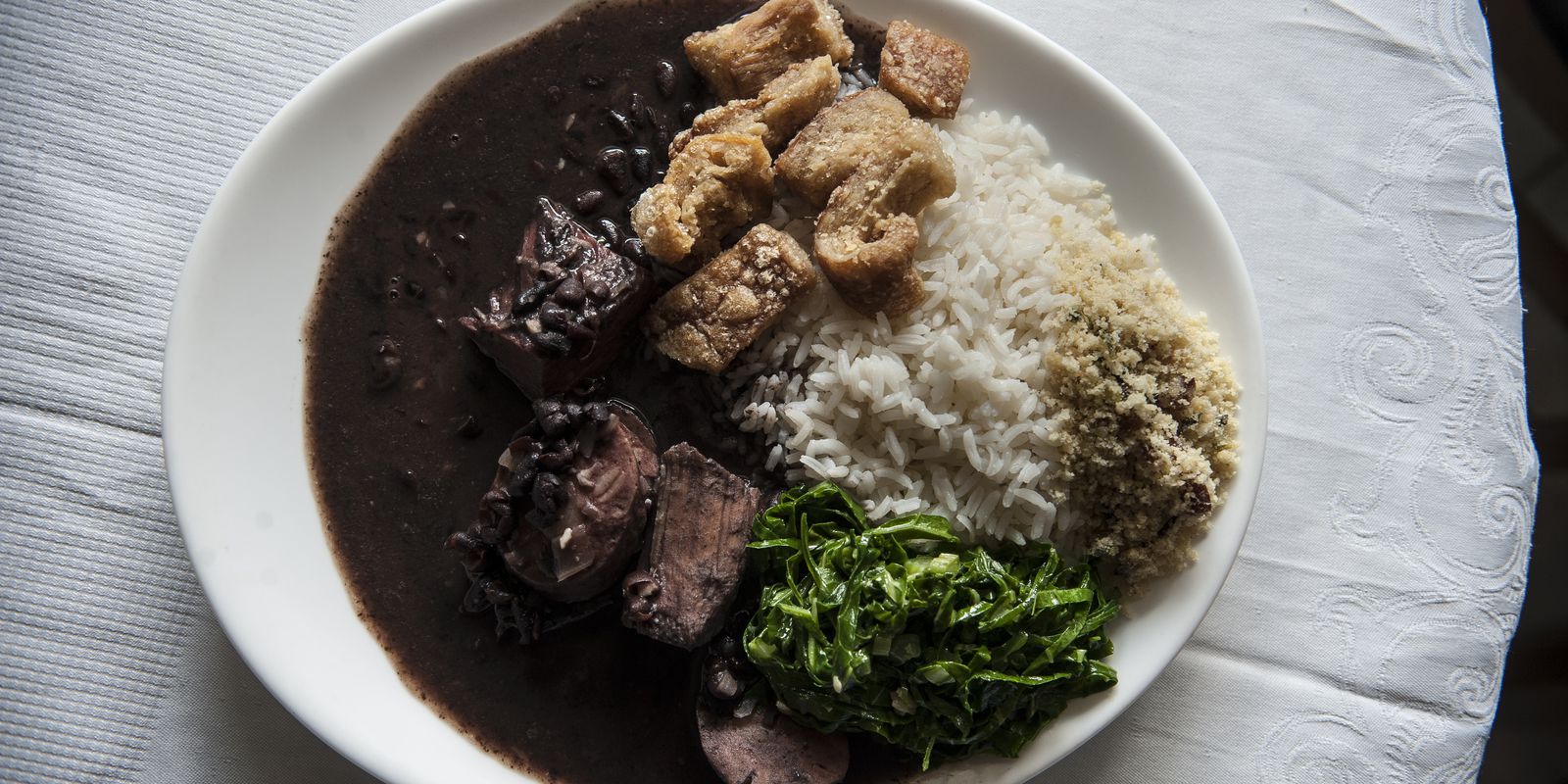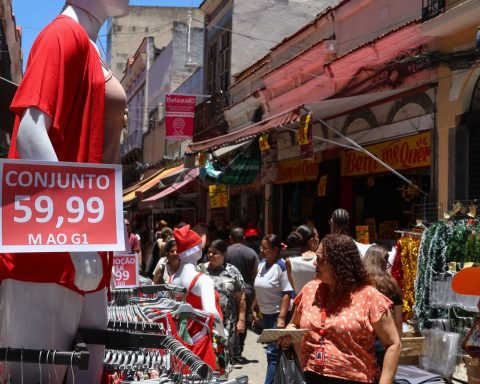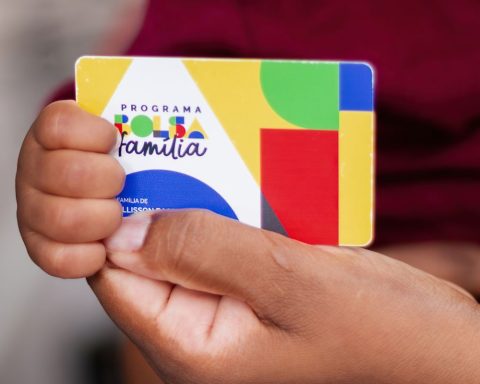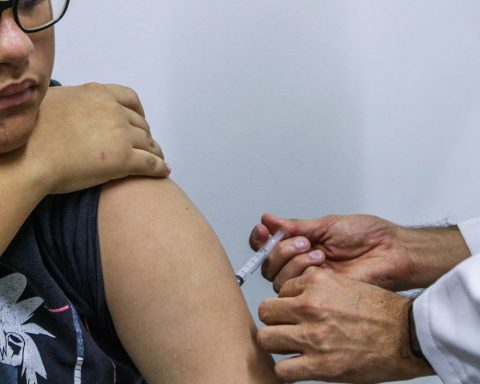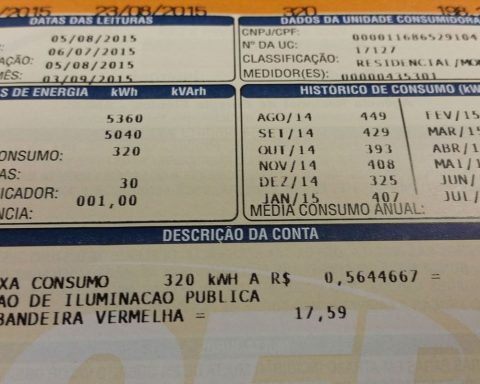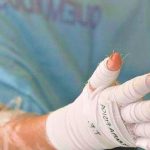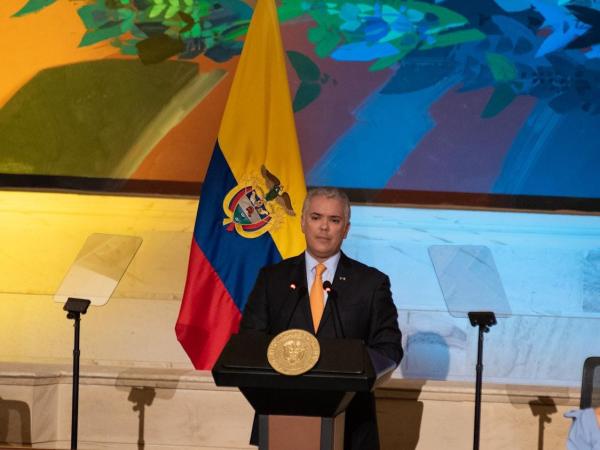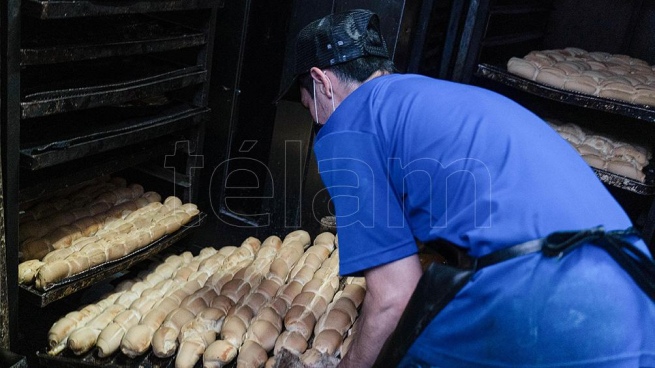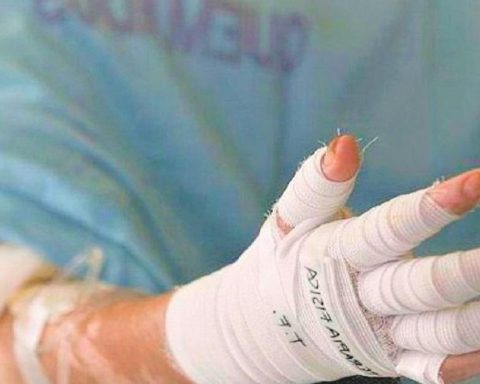Malnutrition among children aged 0 to 19 years grew in Brazil between 2015 and 2021, affecting black boys more severely. According to the Panorama of Obesity in Children and Adolescents, released today (26), by the Desiderata Institute, there has been an increase in hunger in recent years, leading to malnutrition in all age groups, from 0 to 19 years of age.
According to the survey, the malnutrition rate dropped from 5.2% in 2015 to 4.8% in 2018, increasing from that year onwards in all age groups monitored by the Unified Health System (SUS). In 2019, this rate rose to 5.6%, reaching 5.3% in 2021.
Malnutrition among black boys (black and brown), however, was two percentage points above the value observed among white boys, increasing the difference from 2018 onwards. The peak was observed in 2019 (7.5%). In 2020, the percentage was 7.2% and, in 2021, 7.4%.
Among white boys, the curve was the opposite, with a reduction in the percentage of malnutrition from 2019, when it reached 5.1%, going to 5% in 2020 and to 4.9% in 2021.
“Black boys are being more affected by hunger, malnutrition. We can attribute this to racial and income inequality in Brazil. We know that the black population occupies the poorest strata of society, to the detriment of the white population, which occupies other groups, such as the middle and upper classes”, pointed out the manager of Child Obesity Projects at the Desiderata Institute, Raphael Barreto , doctoral candidate in public health at Fundação Oswaldo Cruz (Fiocruz).
Prepared from data from the Food and Nutrition Surveillance System (SISVAN) of the Ministry of Health, generated by the units of the Unified Health System (SUS), the Panorama shows an increase in food insecurity from 2015 to 2021, increasing the incidences of malnutrition and also obesity
Obesity
The panorama showed that overweight has been increasing in all racial groups, but especially among white boys. “White boys have been more affected by being overweight. We can also attribute this to food insecurity”.
Barreto explained that, given the malnutrition produced by food insecurity, the most vulnerable groups do not have access to the minimum, which is three meals a day, and experience hunger and malnutrition. Other groups are affected by the economic crisis and inflation, but are still able to buy foods, in general, ultra-processed and sugary, such as instant noodles, sausages, sweets, artificial juices. “Products that are bad for your health, but that are possible to buy”.
In 2021, the condition of being overweight due to malnutrition was more recorded among white boys aged 5 to 9 years.
In the last seven years, the consumption of ultra-processed foods in the age group from 2 to 19 years old exceeded 80%. In 2021, 89% of children aged 5 to 9 years reported consuming at least one ultra-processed product on the day before the SUS follow-up evaluation.
Missing beans on the plate
Raphael Barreto drew attention to the reduction in consumption of beans in Brazil year after year. This grain is considered a marker of healthy eating, essential for the prevention of iron deficiency anemia. In addition, it has minerals, vitamins and proteins, helps to inhibit the onset of heart disease and lower cholesterol.
From 2015 to 2020, the indicator referring to the consumption of beans had values above 80%. In 2021, however, the rate decreased by 30 percentage points across all age groups from 2 to 19 years old, reaching the mark of 54.5%.
“In 2020, 84% of adolescents aged between 10 and 19 had ingested beans on the date before the SUS consultation, and as of 2021, this number drops to 54.5%. There is an important reduction in the consumption of beans. We can see that food insecurity and the economic crisis are so strong that a basic food, such as beans, is missing from the plate of Brazilians”.
Pandemic
According to the manager of Childhood Obesity Projects at the Desiderata Institute, the pandemic scenario has worsened social inequalities, enhancing the effects of the economic crisis and increasing the obesity scenario, due to social distancing.
With the reduction of outdoor activities and isolation at home, children and adolescents were exposed to more screen time (computer, television or cell phone), reduced physical activity and school attendance.
“This has also contributed to the increase in obesity, in addition, mainly, to the consumption of ultra-processed foods. We realize that there is an increase in the price of food, in general, such as minimally processed, in natura, such as vegetables, fruits and vegetables. Proteins have gone up in price, but ultra-processed foods haven’t gone up as much.”
According to Barreto, ultra-processed foods are harmful to health and bring a risk of increased obesity, hypertension, diabetes and other non-communicable chronic diseases. “Families were no longer able to maintain a diet based on minimally processed foods or in natura and they had to migrate to the food that you can buy and which, lately, is ultra-processed”, he said.
Among adolescents aged 10 to 19, consumption of ultra-processed foods reached 86.8% last year, almost the same rate as in 2015 (86.9%), after falling to 82.2% in 2020. .
The panorama also reveals a growth trend in this index. Between January and June 2022, the consumption of ultra-processed foods is already at 93%. Also in the 5-9 age group, ultra-processed foods had a consumption of 89% in 2021, with a record of 92.9% in the first six months of 2022. “In the last seven years, there has been an increase in the consumption of these foods in Brazil, among children and adolescents”.
Alert
According to Raphael Barreto, the Panorama of Obesity in Children and Adolescents alerts to the scenario of food insecurity and obesity in the country and to the need to strengthen some public policies, such as the National School Feeding Program (PNAE), for the public school network.
“Many children were without access to school during the pandemic, and that was the place where they could have, often, the only meal of the day”.
For him, it is necessary to strengthen this program, based on the Food Guide for the Brazilian Population, which indicates which are the most nutritious foods, those that are most suitable for good digestion and those that bring more health benefits.
THE Brazil Agency contacted the Ministry of Education to comment on PNAE, but did not receive a response until the publication of this article.
Schools are also important nutritional protection environments when there are canteen policies. “School canteens must not be able to sell food that harms the health of children and adolescents, and must provide minimally processed or in natura food”, defended the manager, noting that the measure can be extended to private schools.
The Desiderata Institute works in conjunction with the Government and will forward the survey to the municipal and state Health and Education departments.
